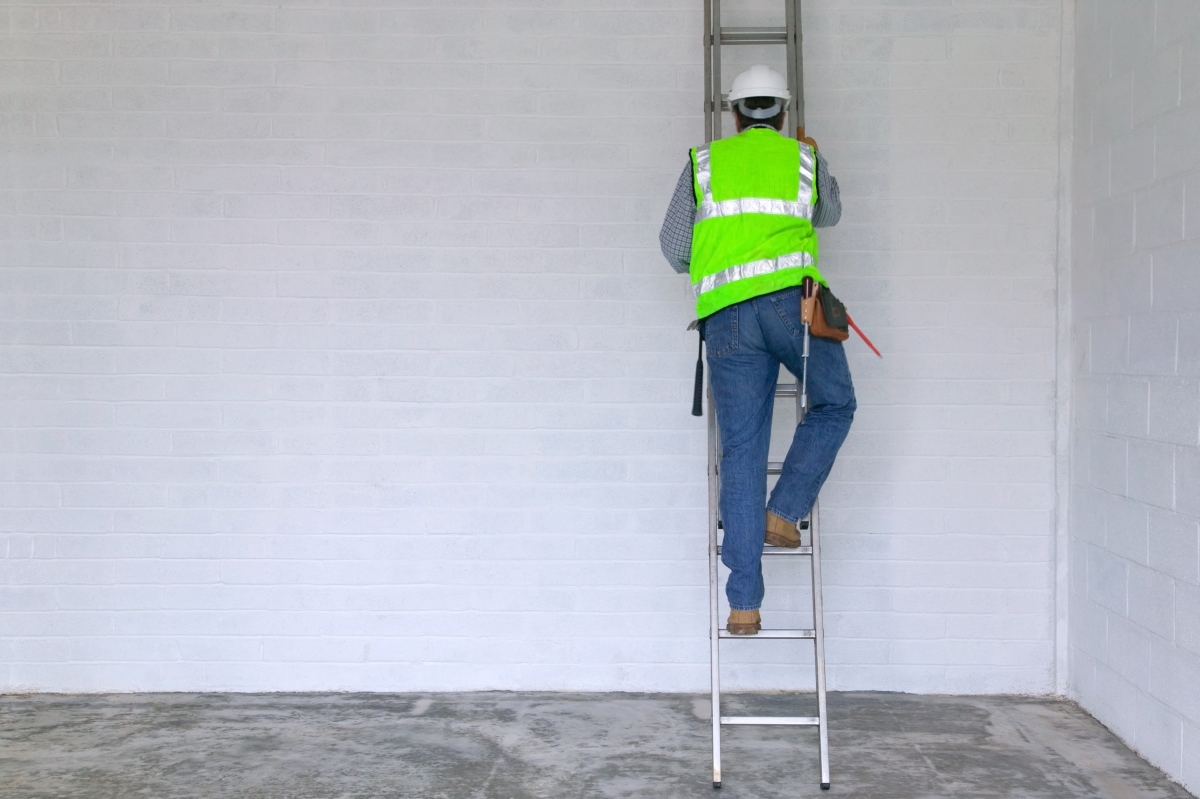

Articles
How To Use An Extension Ladder Safely
Modified: February 22, 2024
Learn the essential steps and precautions for using an extension ladder safely. Read our informative articles to ensure accident-free ladder use.
(Many of the links in this article redirect to a specific reviewed product. Your purchase of these products through affiliate links helps to generate commission for Storables.com, at no extra cost. Learn more)
Introduction
An extension ladder is a valuable tool for various tasks, such as maintenance, construction, and outdoor projects. However, working with a ladder can pose risks if not used properly. Taking the necessary precautions and following safety guidelines is crucial to prevent accidents and ensure your well-being while using an extension ladder.
In this article, we will guide you through the steps to use an extension ladder safely. Whether you are a professional tradesperson or a DIY enthusiast, these tips will help you minimize the risks associated with ladder use and allow you to complete your tasks efficiently.
Before we delve into the details, it’s important to note that safety should always be your top priority. Never compromise on safety measures and take the time to familiarize yourself with the ladder’s features and limitations. With proper precautions, you can confidently use an extension ladder without putting yourself or others at risk.
Key Takeaways:
- Choose the right ladder by considering height, weight capacity, material, size, and safety features to ensure a safe and efficient working environment.
- Prioritize safety by inspecting, setting up, climbing, and working on the ladder with caution, maintaining balance, and storing it properly for longevity.
Read more: How To Use A Ladder Safely
Step 1: Choosing the right ladder
Before using an extension ladder, it’s essential to ensure that you have the right ladder for the job at hand. Consider the following factors:
- Height: Determine the maximum height you need to reach. Choose a ladder that extends at least three feet above the intended work area to provide stability and prevent accidents.
- Weight capacity: Check the ladder’s weight capacity to ensure it can support your weight along with any tools or materials you need to bring up the ladder. Exceeding the weight capacity can compromise the ladder’s stability and lead to accidents.
- Material: Extension ladders are commonly made of aluminum or fiberglass. Aluminum ladders are lightweight and ideal for most household tasks, while fiberglass ladders are more durable and suitable for heavy-duty use.
- Size and weight: Consider the ladder’s size and weight to ensure it’s portable and easy to transport. If you anticipate moving the ladder frequently, opt for a lighter model that can be carried or maneuvered easily.
- Safety features: Look for ladders with safety features like non-slip feet, locking mechanisms, and stabilizing bars. These features provide additional stability and prevent accidents while working at height.
By considering these factors, you can choose the right extension ladder that best suits your needs and ensures a safe working environment.
Step 2: Inspecting the ladder before use
Prior to using an extension ladder, it’s crucial to inspect it thoroughly to ensure it is in good condition and safe to use. Use the following checklist to conduct a proper ladder inspection:
- Visual examination: Look for any signs of damage, such as cracks, bends, dents, or missing parts. Ensure that both the ladder rails and rungs are structurally sound and free from defects.
- Joints and connections: Check the ladder’s joints and connections to ensure they are secure and not loose or damaged. The ladder should open and close smoothly without any resistance.
- Fasteners: Inspect all fasteners, such as screws and rivets, to ensure they are tight and in good condition. Loose or missing fasteners can compromise the ladder’s stability and pose a safety hazard.
- Non-slip features: Verify that the ladder’s feet or shoes are intact and in good condition. The feet should have non-slip rubber or tread to provide stability on various surfaces.
- Labels and safety markings: Check for labels and safety markings on the ladder that indicate its weight capacity, maximum height, and any specific safety instructions or warnings. Make sure these labels are readable and not faded or damaged.
- Cleaning: Clean the ladder from any debris, dirt, or grease to maintain its stability and prevent slipping while climbing. A clean ladder ensures a secure footing during use.
If you notice any defects or concerns during the ladder inspection, do not use the ladder. Damaged or faulty ladders should be repaired or replaced to avoid accidents or injuries. Regular maintenance and inspection contribute to the longevity and safety of your ladder, ensuring that it remains in optimal condition for future use.
Step 3: Setting up the ladder correctly
Properly setting up your extension ladder is crucial to ensure stability and prevent accidents while working at height. Follow these steps to set up the ladder correctly:
- Choose a suitable location: Select a stable, level surface to place the ladder. Remove any obstructions or debris that may interfere with the ladder’s stability.
- Position the ladder: Position the ladder at the correct angle by following the 4-to-1 rule. For every four feet of ladder height, the base should be placed one foot away from the wall or vertical surface being climbed.
- Secure the ladder: Ensure that the ladder is secured in place to prevent it from slipping or sliding during use. Consider using ladder stabilizers or anchors for additional stability.
- Extend the ladder: Extend the ladder to the desired height, ensuring that each section is securely locked in place. Avoid overextending the ladder beyond its maximum height.
- Engage locks and braces: Check that all locking mechanisms and braces are engaged and in proper working condition. These features contribute to the ladder’s stability and prevent accidental collapsing while in use.
- Test stability: Before climbing, give the ladder a gentle shake to ensure it is stable and securely positioned. If the ladder wobbles or feels unstable, re-adjust or reposition it until it is steady.
By following these steps, you can set up your extension ladder correctly, providing a safe and stable platform for you to work on. Remember to always use common sense and take your time when setting up the ladder. Rushing the setup process can lead to accidents and injuries.
Step 4: Climbing and descending safely
When using an extension ladder, it’s important to climb and descend in a safe and controlled manner to prevent falls and injuries. Follow these guidelines for safe ladder ascent and descent:
- Face the ladder: Always face the ladder while climbing or descending. Maintain a firm grip on the ladder’s rungs or side rails for stability.
- Use three points of contact: Maintain three points of contact with the ladder at all times, either two hands and one foot or two feet and one hand. This ensures stability and reduces the risk of falling.
- Do not carry heavy or bulky items: Avoid carrying heavy or bulky items while on the ladder. Use a tool belt, bucket, or hoist to transport tools and materials up and down the ladder safely.
- Take one step at a time: Ascend or descend the ladder one step at a time, placing your feet firmly on each rung and avoiding skipping steps. Rushing can lead to loss of balance and increase the risk of accidents.
- Face the ladder: Always face the ladder while climbing or descending. Maintain a firm grip on the ladder’s rungs or side rails for stability.
- Do not overreach: Avoid overreaching while on the ladder. Keep your body centered between the side rails to maintain balance and prevent the ladder from tipping over.
- Avoid sudden movements: Move slowly and deliberately on the ladder, avoiding sudden movements that could throw off your balance. Take your time and maintain stability at all times.
- Use a spotter: If possible, have someone assist you by holding the ladder base or spotting you while climbing or descending. They can provide additional stability and help in case of an emergency.
- Descend facing the ladder: When descending the ladder, maintain a grip on the ladder’s rungs and descend facing the ladder. Avoid leaning back or looking down, as it can disrupt your balance.
Remember, safety is paramount when working on a ladder. By following these guidelines, you can ensure a safe ascent and descent and reduce the risk of falls or accidents.
When using an extension ladder, always make sure it is on a stable and level surface, extend it at least 3 feet above the landing point, and maintain three points of contact at all times while climbing.
Read more: How To Safely Climb A Ladder
Step 5: Maintaining balance and stability
Remaining balanced and stable on the ladder is crucial for your safety while working at height. Here are some tips to help you maintain balance and stability:
- Position your body correctly: Keep your body centered on the ladder by aligning your shoulders between the side rails. Avoid leaning too far to one side or overreaching, as it can cause the ladder to become unstable.
- Wear appropriate footwear: Use sturdy, non-slip footwear with good traction to ensure a secure grip on the ladder rungs. Avoid wearing shoes with smooth soles or high heels that may increase the risk of slipping.
- Take breaks: If you feel fatigued or unstable while working on the ladder, take frequent breaks to rest and regain your balance. Exhaustion can impair judgement and coordination, increasing the risk of accidents.
- Use a ladder stabilizer: Consider using a ladder stabilizer or standoff device to increase the ladder’s stability. These attachments provide a wider base of support, reducing the risk of tipping or wobbling.
- Keep the ladder clean: Clear away debris, dirt, or snow from the ladder rungs and feet before climbing. A clean ladder ensures better traction and reduces the risk of slipping.
- Avoid sudden movements: Avoid making sudden or jerky movements while on the ladder. Smooth and deliberate motions help maintain stability and prevent loss of balance.
- Be mindful of the weather conditions: Take precautions when using a ladder in adverse weather conditions. Strong winds or rain can destabilize the ladder and increase the risk of accidents.
- Do not exceed the ladder’s weight capacity: Follow the ladder’s weight capacity guidelines and avoid carrying loads that exceed its limit. Overloading the ladder can compromise its stability and lead to accidents.
- Check for ladder slippage: Periodically check for any signs of ladder slippage or movement while working. If you notice any instability, stop using the ladder immediately and readjust the setup.
By implementing these measures, you can maintain balance and stability while working on an extension ladder, reducing the likelihood of accidents and ensuring a safer working environment.
Step 6: Working safely on the ladder
When working on an extension ladder, it’s important to follow safe practices to minimize the risk of accidents and injuries. Here are some guidelines to help you work safely on the ladder:
- Have a clear plan: Before climbing the ladder, have a clear understanding of the task at hand. Plan your movements and ensure you have all necessary tools and materials within reach to avoid any unnecessary reaching or stretching.
- Keep your point of focus steady: While working on the ladder, focus on the task at hand and maintain a steady gaze on your work. Avoid looking down or getting distracted, as it can disrupt your balance.
- Avoid excessive movement: Minimize any unnecessary movement while on the ladder. Instead of leaning or stretching, reposition the ladder if you need to reach a different area. This reduces the risk of losing your balance or causing the ladder to shift.
- Use proper tool positioning: Secure your tools and equipment properly to prevent them from falling or slipping off the ladder. Use tool belts, buckets, or tool pouches to keep your hands free and maintain balance.
- Keep both hands on the ladder: Whenever possible, keep both hands in contact with the ladder while working. This provides additional stability and helps prevent falls.
- Stay aware of your surroundings: Be mindful of your surroundings while working on the ladder. Watch out for any hazards or obstacles that may interfere with your work or cause accidents.
- Use a second person: For tasks that require additional help or involve higher risk, consider having a second person assist you. They can provide support, hand tools, or act as a lookout for potential hazards.
- Avoid electrical hazards: Be cautious when working near power lines or electrical sources. Ensure that the ladder is non-conductive, such as a fiberglass ladder, to prevent the risk of electric shocks.
- Communicate effectively: If you are working with a team, use clear verbal or visual signals to communicate your movements on the ladder. This helps prevent misunderstandings and ensures everyone’s safety.
- Take regular breaks: If the task is physically demanding or takes an extended period, take regular breaks to rest and recharge. Fatigue can lead to loss of focus and coordination, increasing the risk of accidents.
By adhering to these safety measures, you can minimize the risks associated with working on an extension ladder, promoting a safer and more productive work environment.
Step 7: Storing the ladder properly
Properly storing your extension ladder when it is not in use is essential for its longevity and safety. Follow these guidelines to ensure the ladder is stored correctly:
- Clean the ladder: Before storing the ladder, clean it thoroughly to remove any dirt, debris, or substances that may cause damage over time. Use a brush or damp cloth to wipe down the ladder and let it dry completely.
- Protective covering: Consider using a protective covering or bag to shield the ladder from dust, moisture, and any potential damage while in storage. This can help prolong its lifespan and ensure it remains in good condition.
- Proper placement: Store the ladder in a dry, well-ventilated area away from direct sunlight, extreme temperatures, or corrosive substances. A dedicated storage area such as a garage or shed is ideal for keeping the ladder protected.
- Avoid leaning against walls: Avoid leaning the ladder against walls or other surfaces during storage, as this can cause the ladder to deform or create pressure points. Instead, lay the ladder flat or use wall-mounted hooks or brackets designed specifically for ladder storage.
- Secure storage position: Ensure the ladder is securely positioned during storage to prevent it from accidentally falling or causing injury. Use straps or ropes to secure the ladder to a stable structure and prevent any movement or instability.
- Store away from children: Keep the ladder out of reach of children to prevent any accidents or misuse. Consider using additional safety measures, such as locking cabinets or high shelves, to ensure the ladder is stored safely and securely.
- Regular maintenance: Periodically inspect the ladder while in storage to ensure it remains in good condition. Look for any signs of damage or wear and address any issues immediately to prevent further deterioration.
By following these storage guidelines, you can keep your extension ladder in optimal condition, extend its lifespan, and ensure it is ready for safe and reliable use whenever you need it.
Conclusion
Using an extension ladder safely is of utmost importance to protect yourself and others from accidents and injuries. By following the steps outlined in this article, you can ensure that you are taking the necessary precautions to use an extension ladder safely and effectively.
Start by choosing the right ladder for the job and inspecting it thoroughly before use. Set up the ladder correctly, ensuring stability and security. Climb and descend the ladder in a controlled manner, maintaining proper balance and using three points of contact. Throughout your work on the ladder, prioritize maintaining balance and stability, being mindful of your surroundings and avoiding sudden movements.
After you have completed your tasks, store the ladder properly to protect it from damage and ensure its longevity. Regular maintenance and inspection are also critical to keeping your ladder in good condition.
Remember, safety should always be your top priority when working with any type of ladder. Take the time to learn and follow all safety guidelines provided by the ladder manufacturer and relevant regulatory bodies.
By incorporating these safety measures into your ladder usage, you can significantly reduce the risks associated with working at height and create a safer environment for yourself and those around you.
So, the next time you need to use an extension ladder, follow these steps, stay vigilant, and work with confidence, knowing that you are prioritizing safety every step of the way.
Frequently Asked Questions about How To Use An Extension Ladder Safely
Was this page helpful?
At Storables.com, we guarantee accurate and reliable information. Our content, validated by Expert Board Contributors, is crafted following stringent Editorial Policies. We're committed to providing you with well-researched, expert-backed insights for all your informational needs.
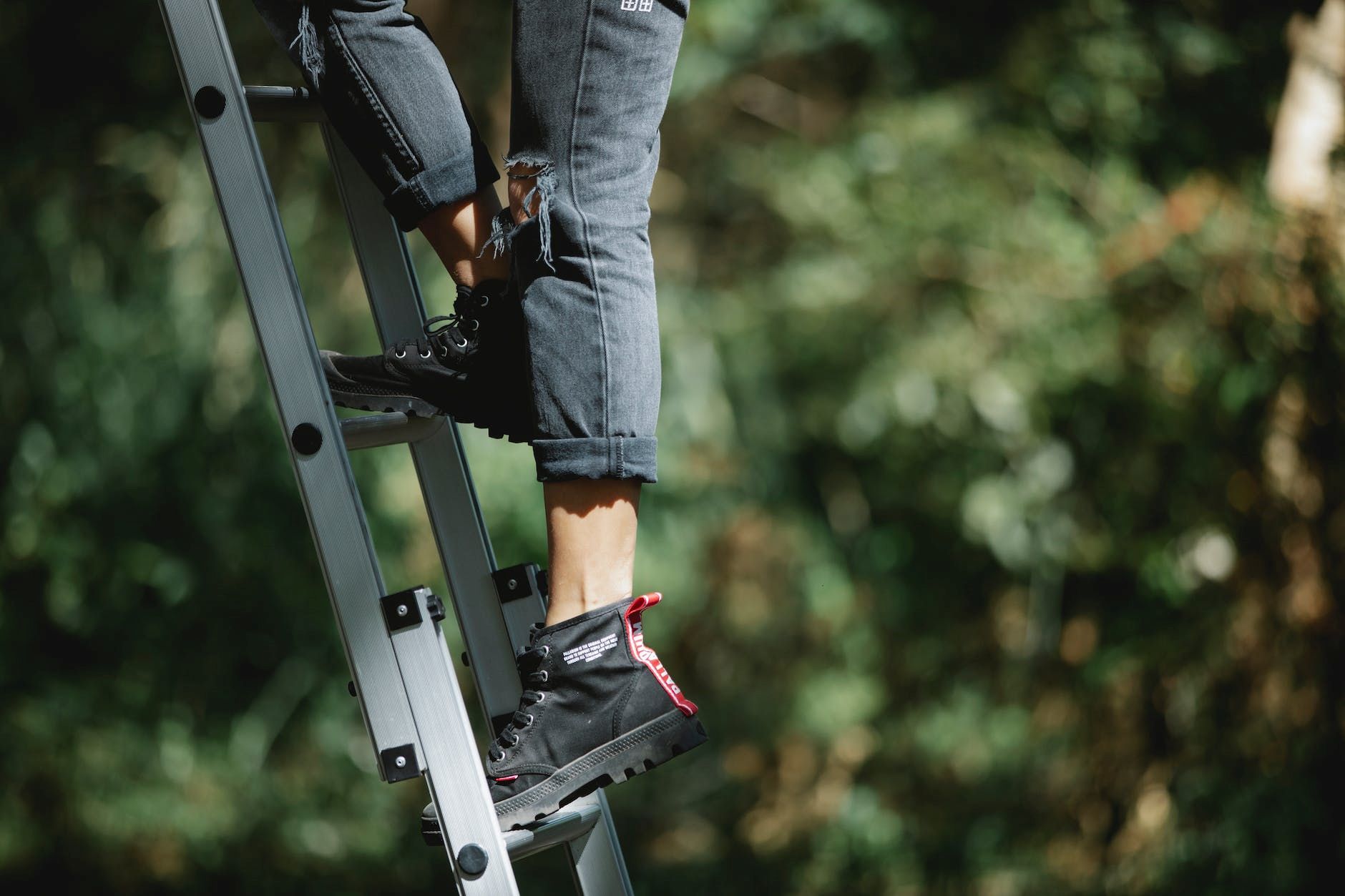
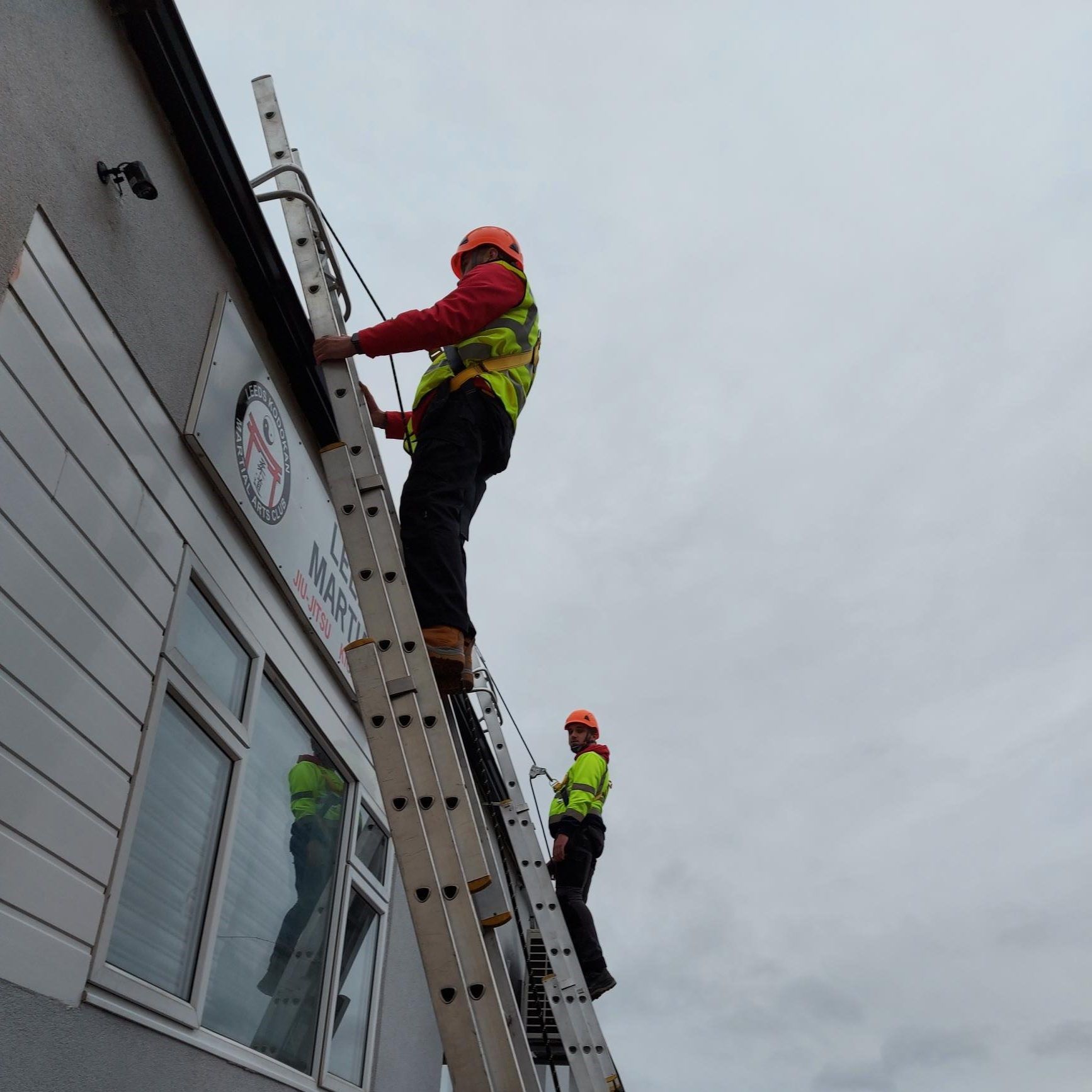
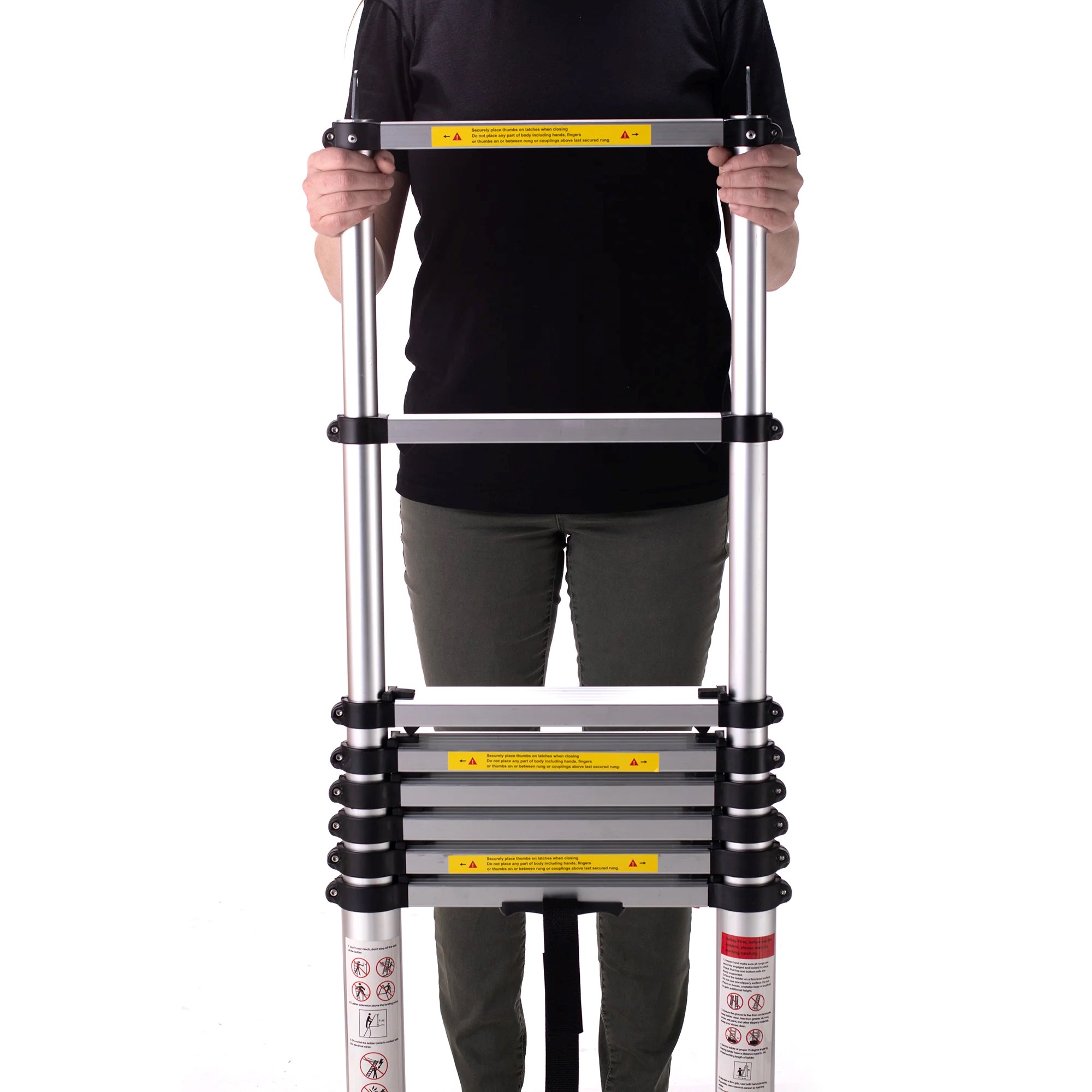

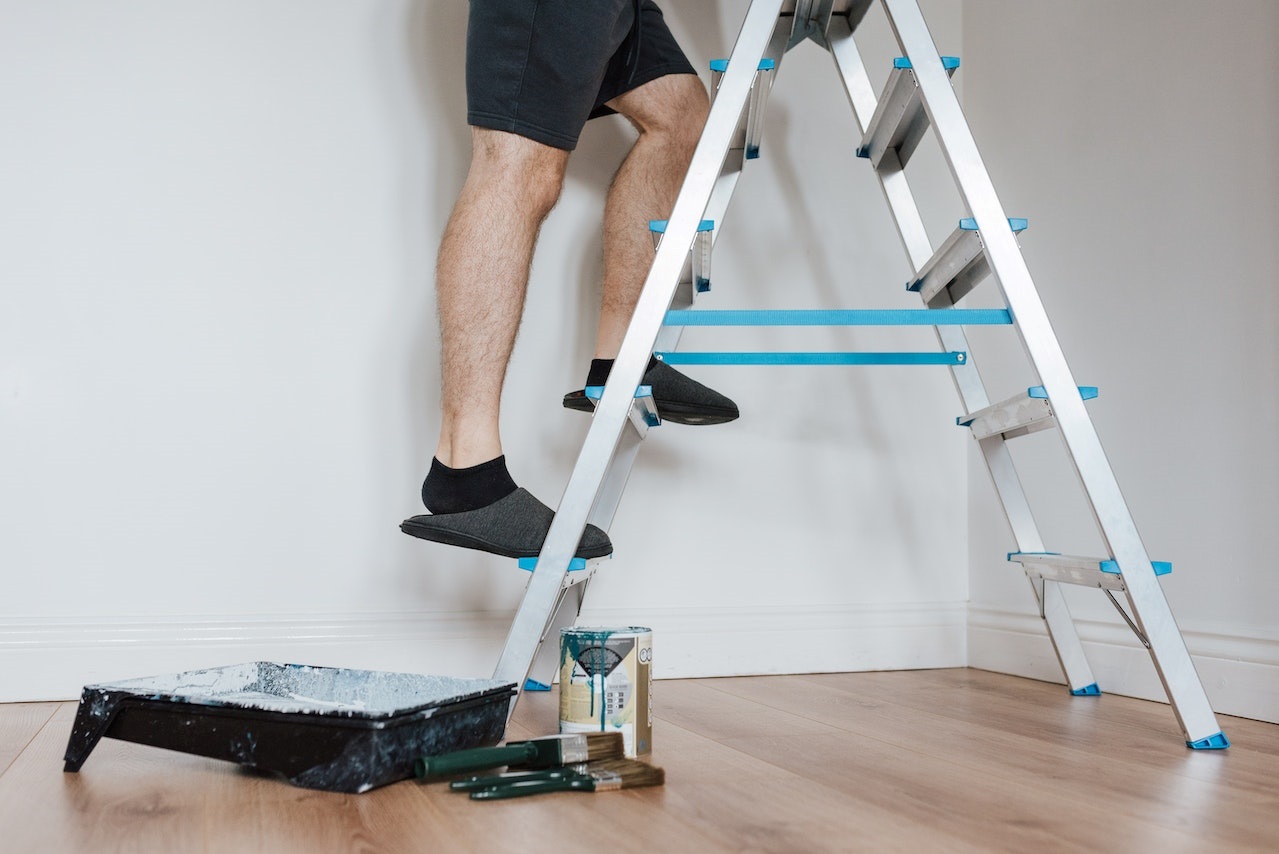
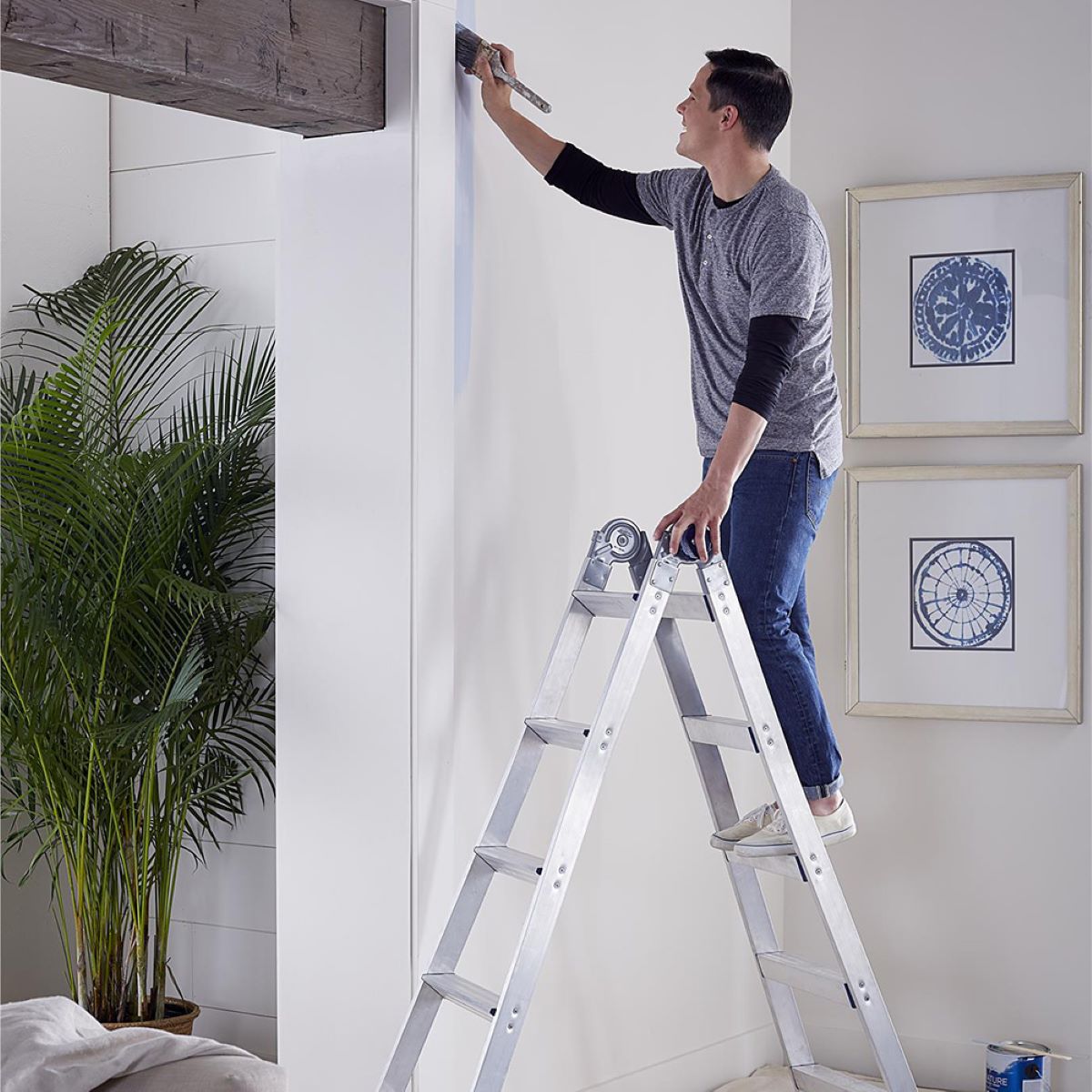
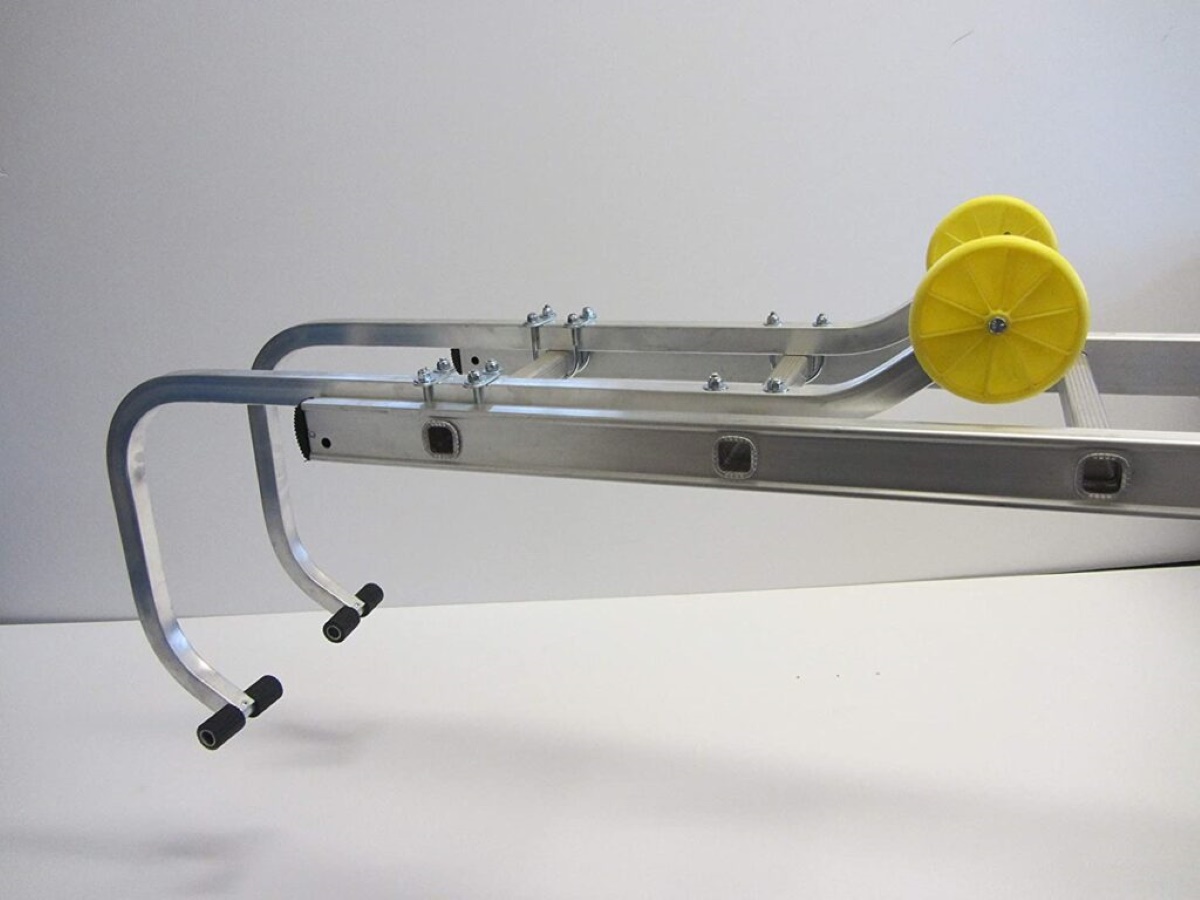
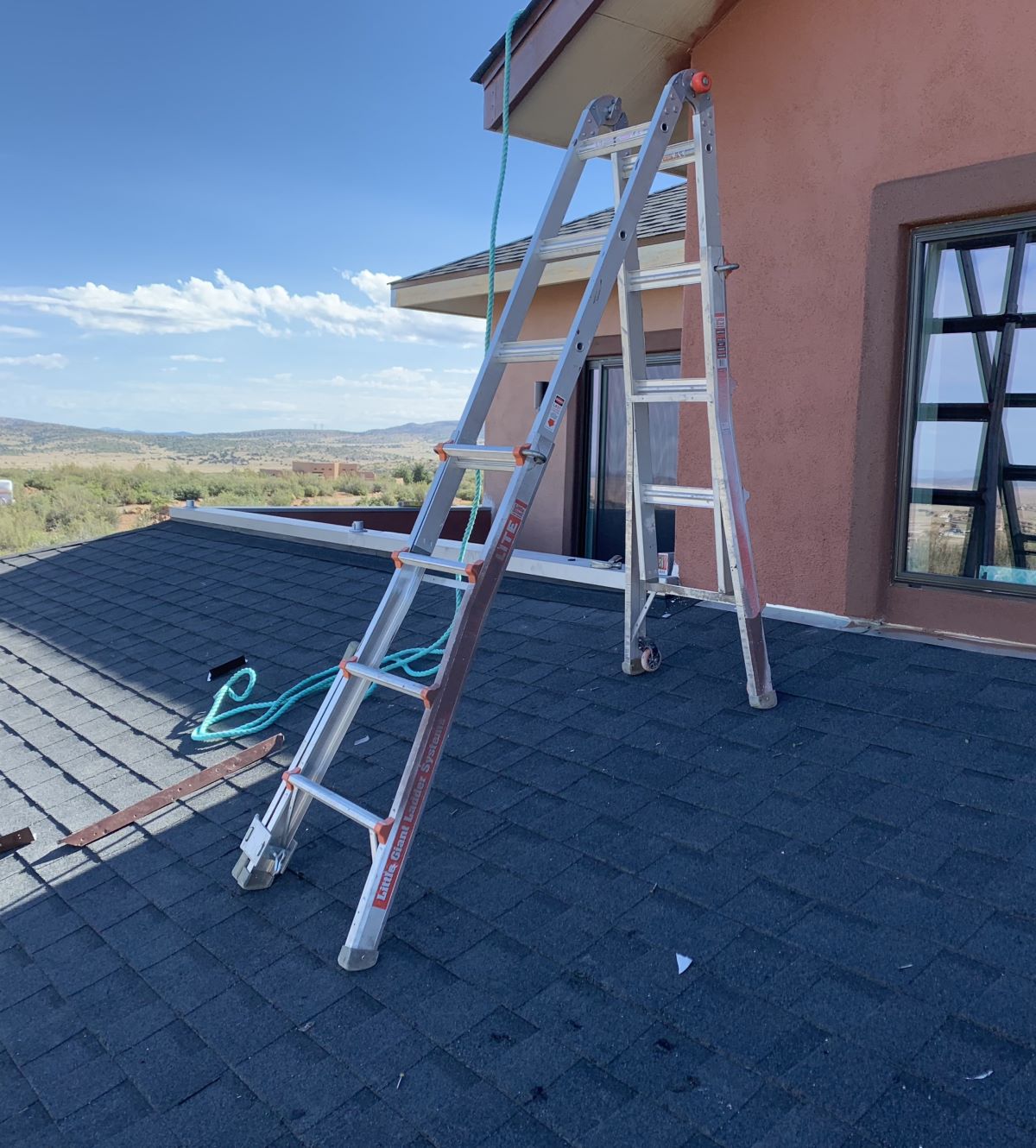
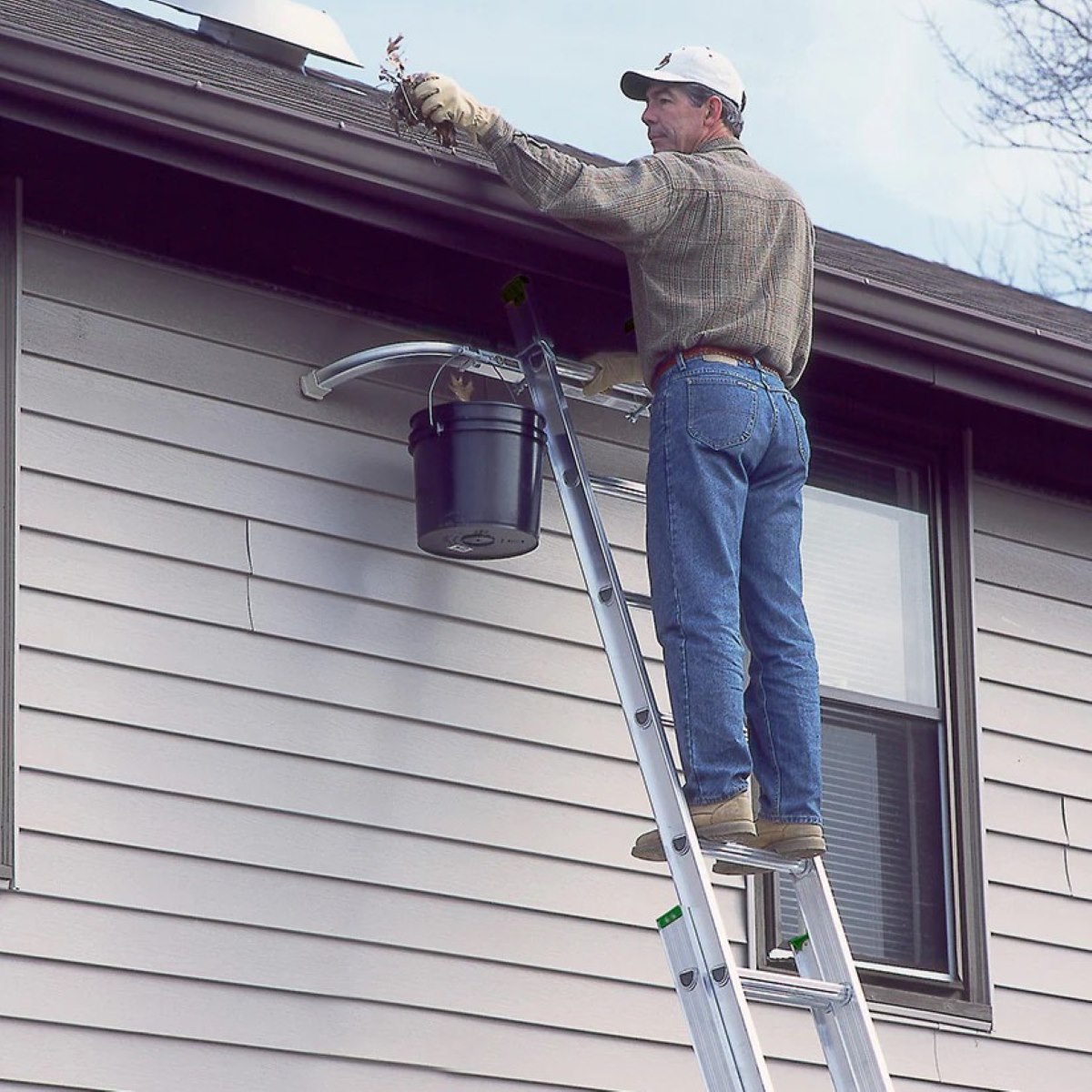

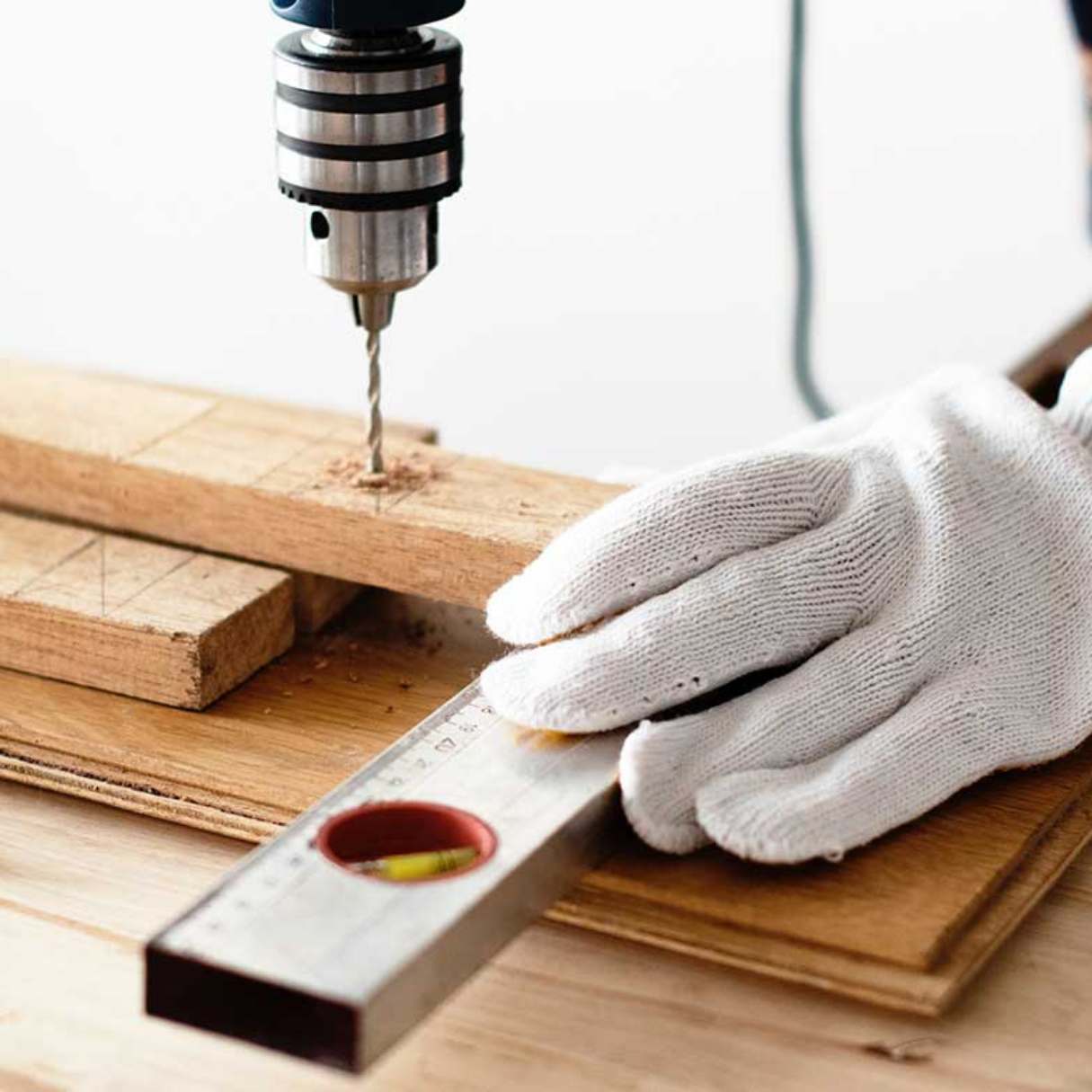
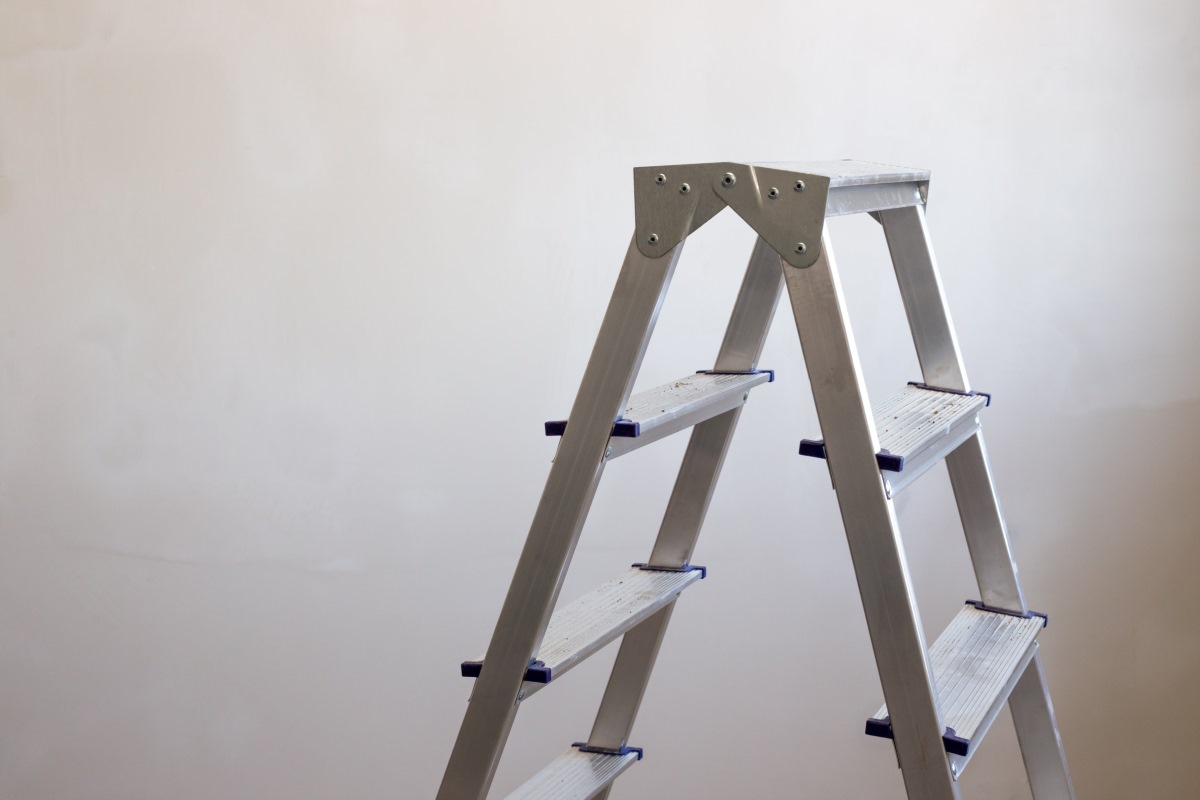
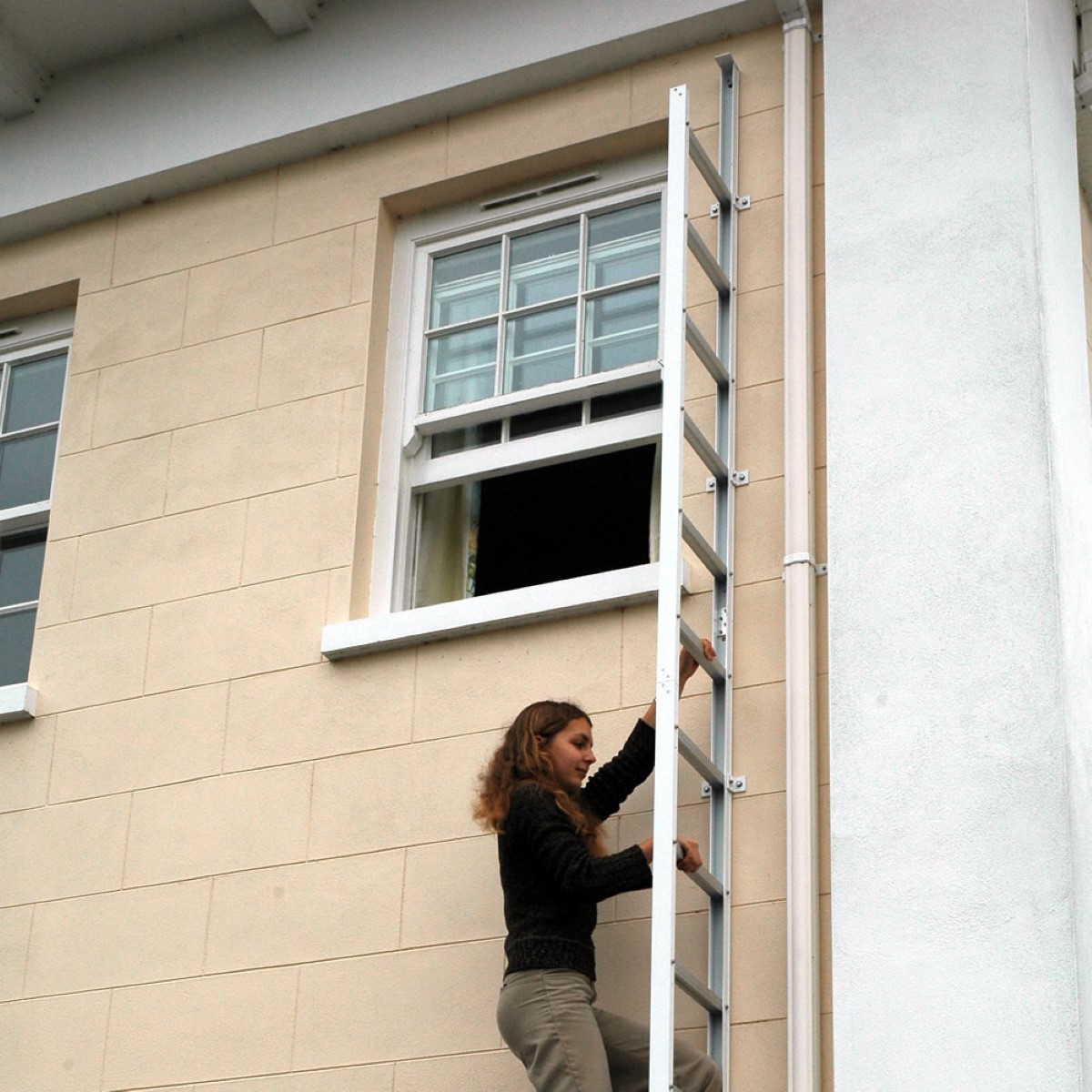
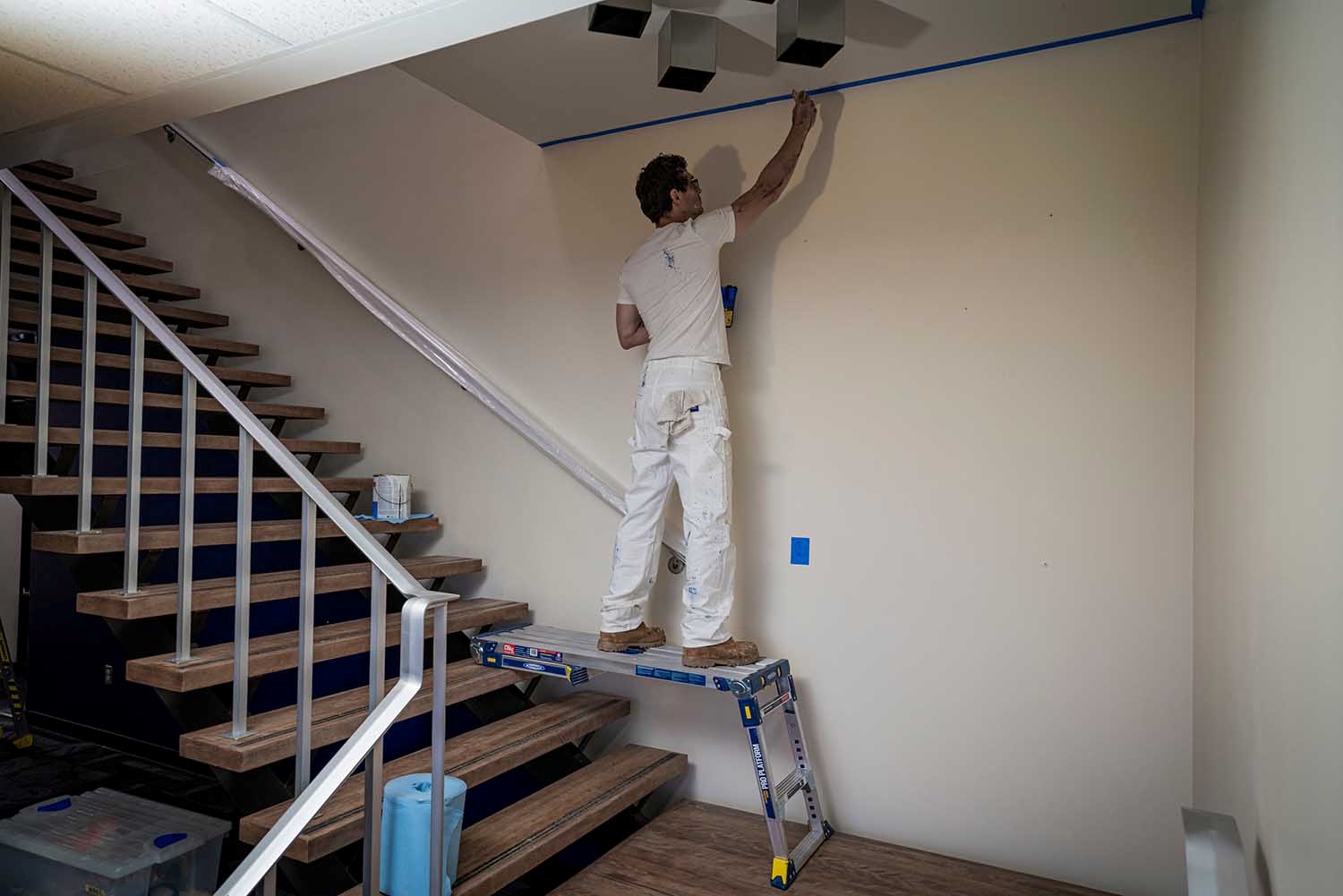

0 thoughts on “How To Use An Extension Ladder Safely”